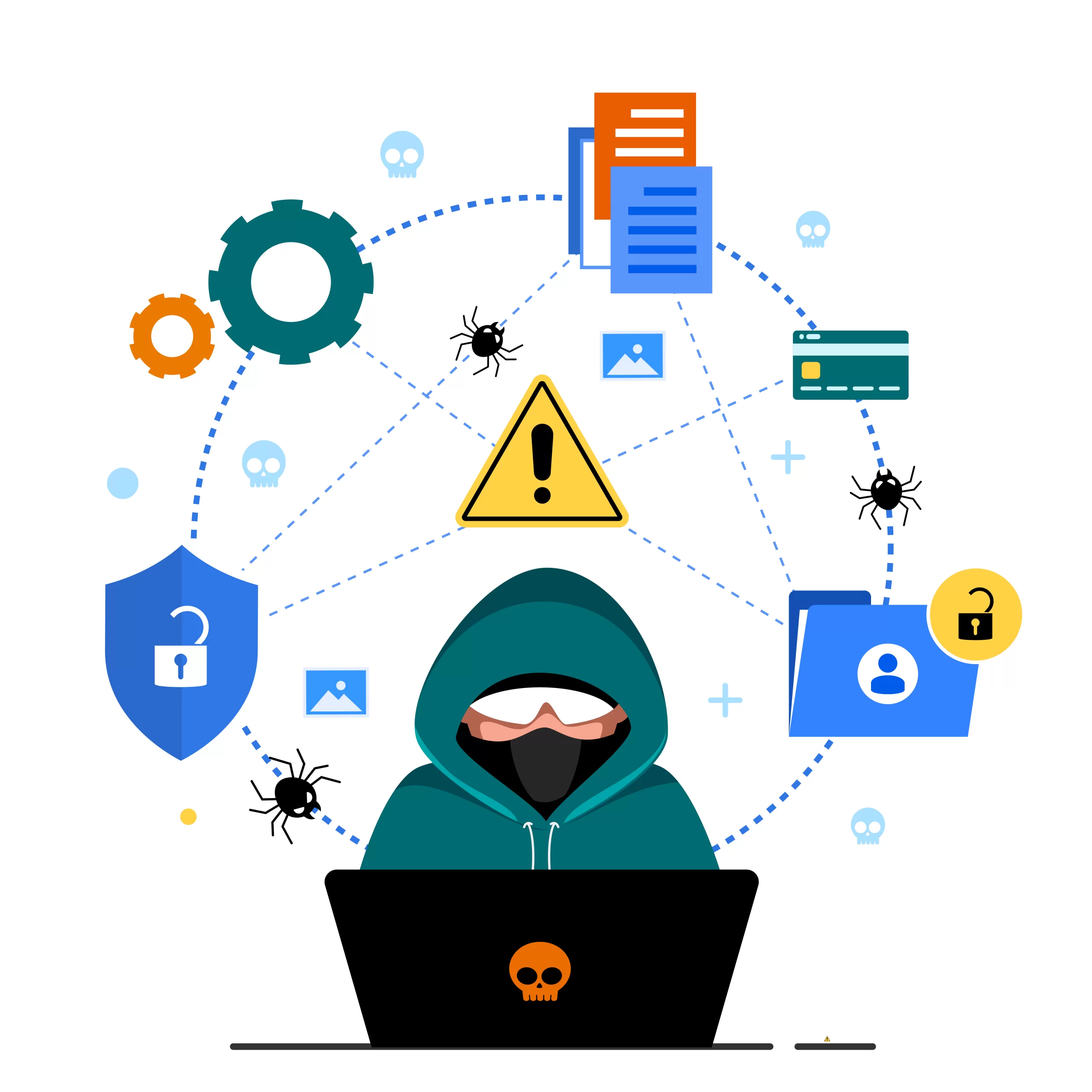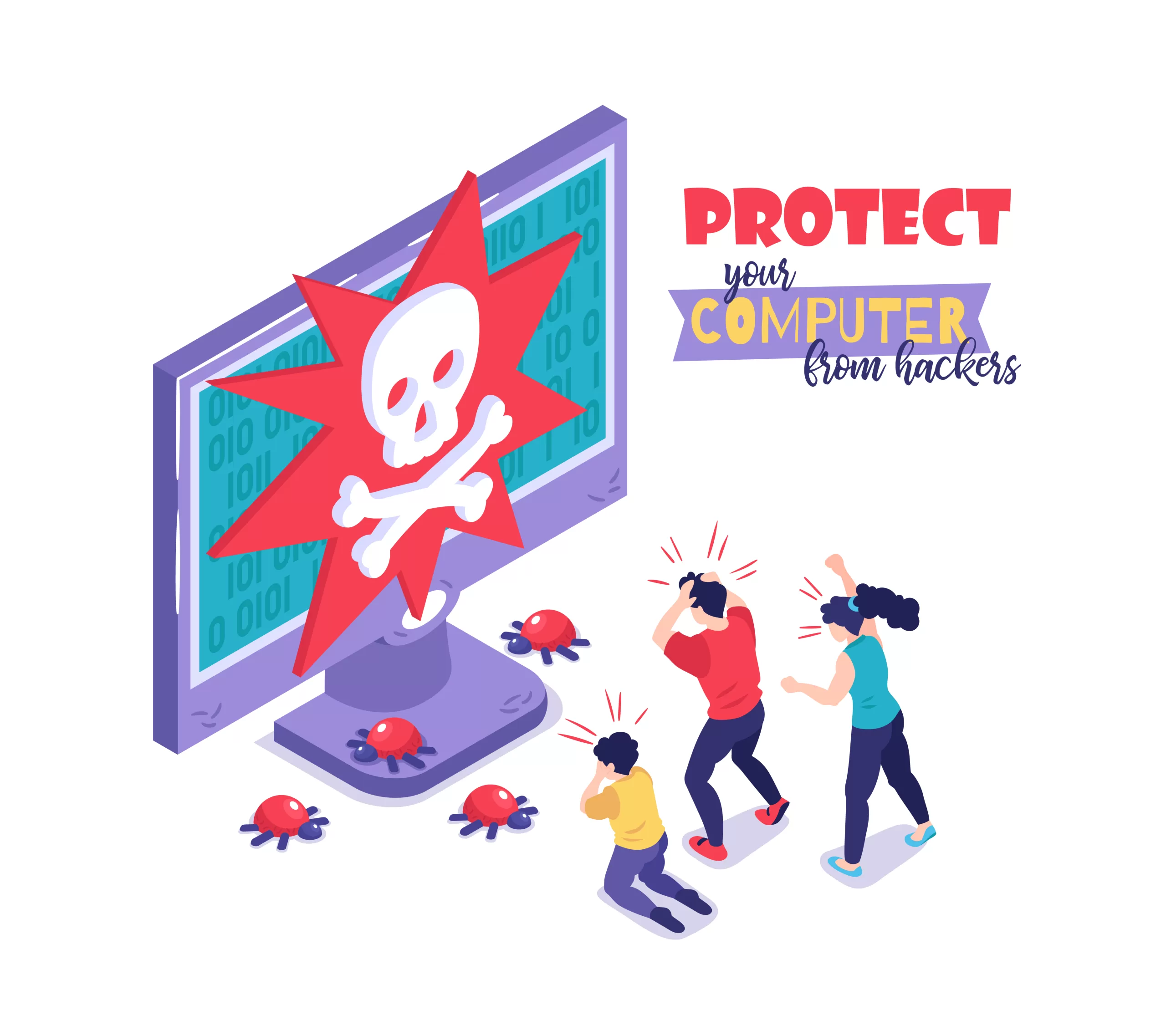
In the bustling digital landscape of today, where every click and keystroke leaves a trail in the vast expanse of cyberspace, the specter of Cybersecurity crime looms large. From phishing scams to identity theft, cybercriminals employ a myriad of tactics to exploit vulnerabilities and prey on unsuspecting individuals. However, armed with knowledge and awareness, we can fortify our defenses and navigate the digital frontier with confidence. Join us as we embark on a comprehensive journey, unraveling the intricacies of Cybersecurity crime and exploring practical strategies to stay safe in the digital realm.
Understanding Cybersecurity Crime: Unveiling the Threat Landscape
Before we delve into prevention strategies, let’s first comprehend the nature of Cybersecurity crime. Cybercriminals, akin to modern-day pirates, lurk in the shadows of cyberspace, seeking to exploit weaknesses in our digital armor for personal gain. Their arsenal includes phishing emails, malware, ransomware, and social engineering tactics, deployed with precision to deceive and defraud unsuspecting victims. From stealing sensitive information to hijacking digital assets, the repercussions of Cybersecurity crime can be far-reaching and devastating.
Let’s imagine Cybersecurity crime like a group of sneaky thieves hiding in the internet. They use tricky emails, harmful software, and other clever tricks to steal people’s information or money. Their goal is to cause trouble and take advantage of people who aren’t careful online. When they succeed, it can cause a lot of problems, like losing important data or even money. So, it’s important to be aware of these dangers and protect ourselves from these digital thieves.
The Anatomy of Cybersecurity Crime: Common Tactics and Techniques
- Phishing Scams: Imagine receiving an email from your bank asking you to update your account information urgently. Beware! It could be a phishing scam, designed to trick you into divulging sensitive data like passwords or financial details.
- Malware Attacks: Malicious software, or malware, can infect your devices and wreak havoc on your digital life. Whether it’s a virus, worm, or Trojan horse, malware can steal your data, spy on your activities, or even hold your files hostage until a ransom is paid.
- Ransomware Incidents: Picture waking up to find all your files encrypted and a demand for payment in exchange for their release. This nightmare scenario is a reality for victims of ransomware attacks, where cybercriminals hold data hostage until a ransom is paid.
- Social Engineering Ploys: Cybercriminals are adept at manipulating human psychology to gain unauthorized access to systems or information. Whether it’s posing as a trusted entity or exploiting human emotions, social engineering tactics can bypass traditional security measures with ease.
Fortifying Your Digital Fortress: Practical Tips for Cybersecurity Defense
- Strengthen Your Passwords: Make sure your passwords are strong and unique for each account. Avoid using easily guessable phrases or personal information, and consider using a password manager to keep track of them securely.
- Update Software Regularly: Keep your operating system, antivirus software, and other applications up to date with the latest security patches. Software updates often contain fixes for known vulnerabilities that cybercriminals may exploit.
- Exercise Caution Online: Be wary of unsolicited emails, suspicious links, and requests for personal or financial information. Verify the legitimacy of websites and entities before providing sensitive data, and never click on unknown attachments or links.
- Enable Two-Factor Authentication: Add an extra layer of security to your accounts by enabling two-factor authentication whenever possible. This requires a second form of verification, such as a code sent to your phone, in addition to your password.
- Backup Your Data: Regularly back up your important files and data to an external hard drive or cloud storage service. In the event of a ransomware attack or data loss incident, having backups ensures you can restore your files without paying a ransom.
- Stay Informed: Keep yourself updated on the latest Cybersecurity threats, trends, and best practices. Follow reputable sources of information, participate in Cybersecurity awareness campaigns, and seek out educational resources to enhance your knowledge.
Empowering the Cybersecurity Community: A Collective Endeavor
In the fight against Cybersecurity crime, collaboration is key. By fostering a culture of Cybersecurity awareness and resilience, we empower individuals, businesses, and communities to defend against digital threats effectively. From government agencies to private sector organizations, academia, and civil society, each stakeholder plays a vital role in shaping a safer digital landscape for all.
When it comes to fighting Cybersecurity crime, working together is really important. When we create an environment where everyone understands the importance of Cybersecurity and knows how to protect themselves, we make it harder for cybercriminals to succeed. This means everyone needs to pitch in – from government agencies and companies to schools, and even regular people like you and me. By teaming up like this, we can build a safer digital world for everyone.
Conclusion: Navigating the Digital Frontier with Vigilance and Resilience
As we navigate the vast digital frontier of the 21st century, the specter of Cybersecurity crime serves as a stark reminder of the importance of vigilance and resilience. By understanding the tactics employed by cybercriminals, adopting proactive Cybersecurity measures, and fostering a collaborative Cybersecurity community, we can mitigate the risks posed by Cybersecurity crime and safeguard our digital future. Together, let us embark on this journey with confidence, armed with knowledge and awareness, to navigate the digital frontier securely.






